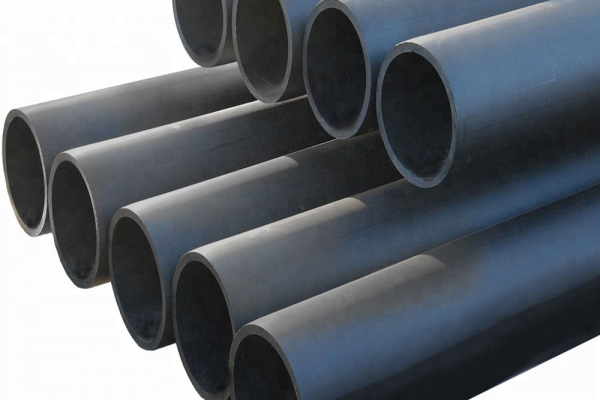
What Are HDPE pipes? Their Uses and Advantages?
Have you ever wondered what those plastic pipes are that seem to be used for all kinds of underground utilities? Chances are, you’ve come across HDPE pipes before, even if you didn’t know what they were called. So what exactly are HDPE pipes and why are they used so widely? Let’s start with the basics. Let us discuss their uses and advantages in detail.
HDPE stands for High-Density Polyethylene, which is a type of plastic that has become extremely popular for piping applications. HDPE is a thermoplastic material made from petroleum.
It is lightweight yet highly durable, flexible, and resistant to corrosion and chemicals. HDPE pipes and fittings are manufactured by heating up the plastic material until it becomes molten, then extruding it into the desired pipe or fitting shape.
HDPE Pipes and Fittings Application
HDPE pipes are used a lot for many different applications because of their special features like high flexibility, resistance to corrosion, and more. Here are some important uses of HDPE pipes and fittings:
Water Supply: HDPE pipes are made of food-grade polyethylene material, which is safe for carrying drinking water.
Sewage and Drainage: HDPE pipes are often used for sewage and drainage systems because they can handle chemicals and corrosive materials really well.
Gas Distribution: HDPE pipe fittings are generally used to distribute gas because they don’t get damaged by chemicals or UV light from the sun.
Cable Protection: HDPE pipes protect underground electrical and telecom cables because they resist chemical exposure and impacts really well.
Transporting Chemicals: HDPE pipes are also use to transport chemicals and hazardous materials safely.
Advantages of HDPE Pipe Fittings
Flexibility and Easy Installation
Another major benefit is the pipes’ flexibility compared to rigid materials like concrete or metal. HDPE pipes can be coiled into large rolls for easy transportation and installation. Trenchless installation methods like horizontal directional drilling can also be used with HDPE to install new pipes with minimal digging and surface disruption.
Fused, Leak-Proof Joints
When it comes time to connect sections of HDPE pipe together or add fittings like elbows and tees, there are fusion welding techniques that create leak-proof, monolithic joints. Unlike metal pipes with mechanical joints, properly fused HDPE pipe sections essentially become one continuous, sealed pipeline with no fragile gaskets or potential leak paths.
Cost Effectiveness and Long Lifespan
From a cost perspective, HDPE pipes are exceptionally cost-effective. More importantly, it has an incredibly long lifespan of 50–100 years with little maintenance required, saving money over the full life cycle.
Environmental Benefits
There are also environmental benefits to using HDPE pipes and fittings. As a plastic pipe, HDPE requires less energy-intensive extraction and manufacturing compared to metallic pipes.
So next time you see black plastic pipes running along a construction site or utility corridor, you’ll know it’s HDPE pipes at work, combining unique advantages that conventional pipe materials can’t match. With a better understanding of what HDPE pipes and fittings are and why they are so widely used, their widespread use begins to make a lot of sense.

